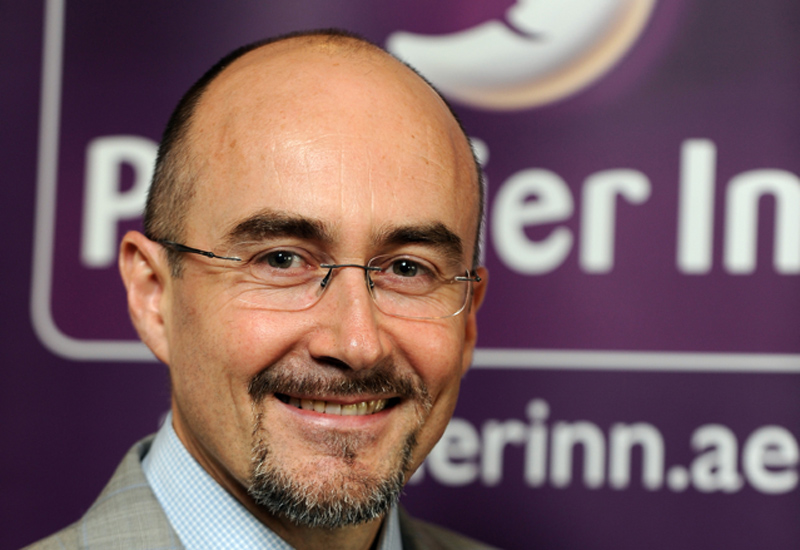Midscale hotel operator Premier Inn looking to increase its pace of growth in the GCC, with the UK-based brand targeting more density in key markets.
The company this week confirmed it has a firm pipeline of seven more hotels in the region opening to the end of 2016, which will bring its portfolio up to 12 properties, with 2687 rooms combined. At present it has 1356 rooms.
In the UK, the operator has 681 hotels, often with multiple properties within walking distance of each other in key cities.
The company believes this density will be crucial to its success in the growing midscale segment in the GCC, as senior vice president development, Middle East, Africa & South Asia David Vely explained at a road show event hosted this week in Dubai.
“There is a lot of cross selling between the properties [and] the network is very important,” he said. “You get a lot of economies of scales, in terms of costs but also in terms of generating revenues.
“In terms of marketing – the best marketing you can have is flags in the street. Ten properties in a city like Dubai is no problem. [Even] 15, 20.”

| Advertisement |
At present Premier Inn has three hotels in Dubai and two in Abu Dhabi. However, its confirmed pipeline includes hotels in Qatar, Oman and Saudi Arabia, as well as the UAE.
Pressed on creating a density of properties in Dubai, Vely insisted that it would not have an impact on RevPAR. “We’re not saying we are going to create unnecessarily a supply that is not there.”
He also hypothesised that, even if Dubai were to stop growing right now, the city could still support up to 30 Premier Inn hotels.
Another key area of focus for the company is set to be Saudi Arabia, and Vely explained how recent analysis of the market with a consulting group suggested there was plenty of room for growth.
“It roughly reached a figure of 30-40 hotels that Saudi Arabia can absorb for our brand at this stage,” he said.
“That means that we are not only going to go to Jeddah, Riyadh, Dammam and the usual suspects. We will go very deep in the market. Not only top tier cities, but also in secondary cities.”









 Search our database of more than 2,700 industry companies
Search our database of more than 2,700 industry companies









